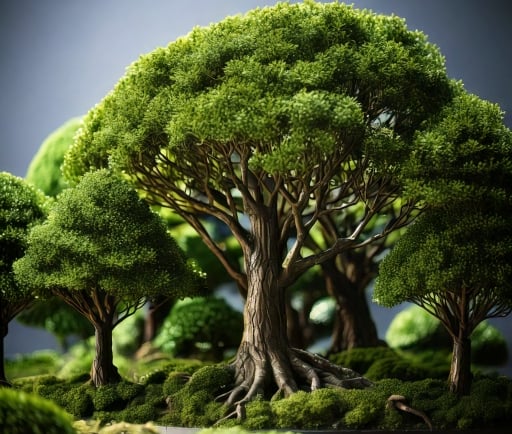Revolutionizing Carbon Capture: The Promise of Artificial Leaves


Understanding Artificial Leaves
The ongoing battle against climate change has necessitated innovative solutions for reducing carbon dioxide (CO2) levels in the atmosphere. One such development is the invention of artificial leaves, which are engineered to mimic the natural processes of photosynthesis found in traditional foliage. These remarkable creations can absorb CO2 at a rate that is ten times greater than that of their natural counterparts. This article delves into the technology behind artificial leaves and their potential impact on environmental restoration.
The Science Behind Enhanced CO2 Absorption
The design of artificial leaves incorporates advanced materials and chemical processes tailored to optimize CO2 absorption. By utilizing catalysts and photonic systems, these synthetic structures can efficiently convert sunlight into chemical energy, allowing them to capture and convert CO2 into usable resources. This process mimics nature but significantly amplifies the efficiency—essentially allowing humanity to harness the sun's power more effectively than natural leaves can.
Applications and Future Implications
One of the key advantages of artificial leaves is their versatility. They can be deployed in various environments, from urban areas to remote locations, contributing to cleaner air and reduced greenhouse gas emissions. Furthermore, the absorbed CO2 can be transformed into valuable by-products, such as fuels or raw materials for industrial processes, thereby creating sustainable solutions to some of today's most pressing environmental challenges.
As the global community continues to seek meaningful solutions to combat climate change, the emergence of artificial leaves represents a significant advancement in our carbon management strategies. By absorbing CO2 ten times more effectively than traditional leaves, these innovations have the potential to reshape how we interact with our environment and contribute to a more sustainable future.
